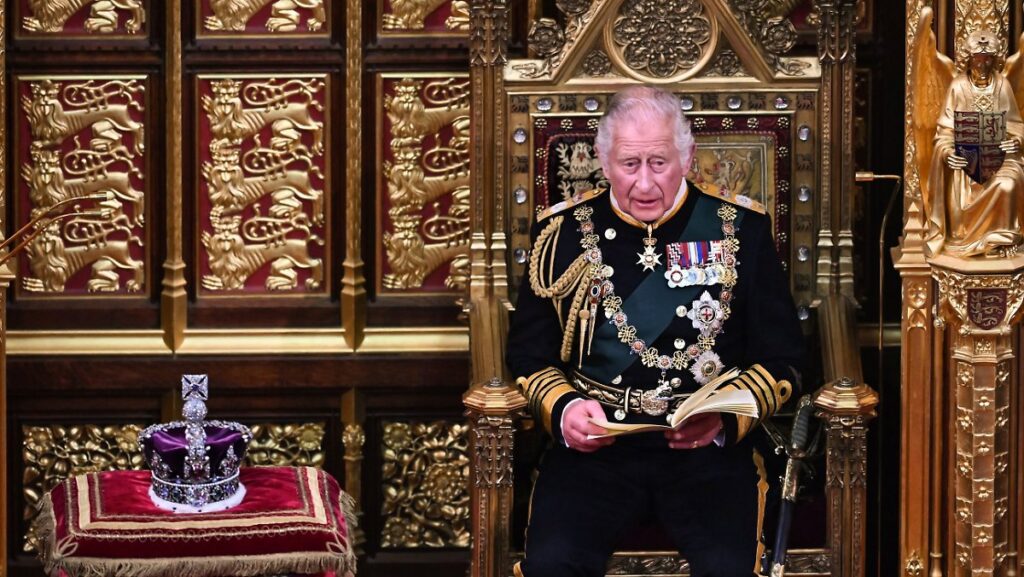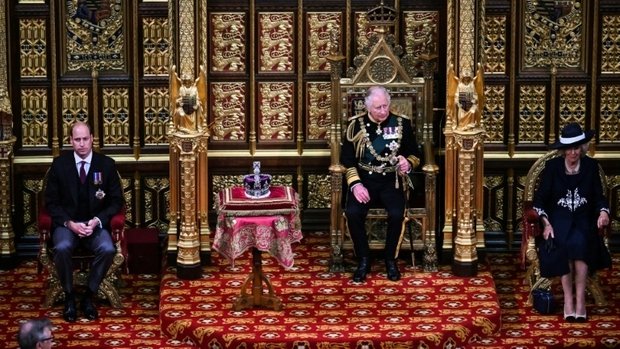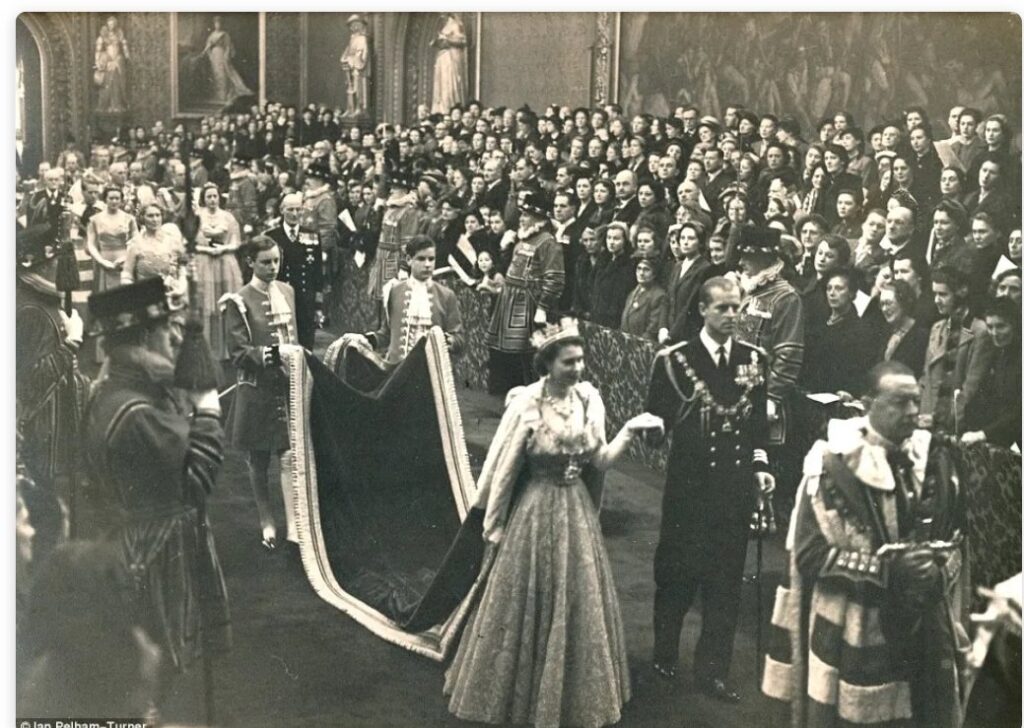Opening of Parliament by Prince Charles the Prince of Wales without the Queen Elizabeth II
LONDON — Queen Elizabeth II’s long reign entered new territory Tuesday when the 96-year-old monarch for the first time delegated the formal opening of Parliament to her son and heir, Prince Charles the Prince of Wales.

For the first time in nearly 60 years, the queen was not there in the House of Lords, due to her ongoing problems with walking. Her throne the Sovereign’s Throne was not there, either. Her crown, the Imperial State Crown, rested on a red-velvet-and-gilt cushion on a small table in its place.
Charles, 73, sat on the Consort’s Throne, the one his father and the queen’s late husband, Prince Philip, occupied for the decades he accompanied his wife to the ceremony.
The ceremony is steeped in history and tradition and has remained largely unchanged for centuries.
This year for the first time The Prince of Wales will read The Queen’s speech. It is drafted by the Government, outlining policies and proposed future legislation. #QueensSpeech pic.twitter.com/IspnbfJcJy
— The Royal Family (@RoyalFamily) May 10, 2022
To Charles’ left sat his wife, Camilla, 74, Duchess of Cornwall and future queen consort. To his right sat his elder son, Prince William, 39, future king and second in line to the throne, making his first appearance at the State Opening of Parliament.
The elaborate, usually annual ceremony, featuring much pomp and full regalia in dress, robes, coronets and carriages, was less so this time: Charles was in a ceremonial military uniform bristling with medals, but William was not and Camilla wore a dark navy coat dress with silver embroidery.
The formal opening of Parliament centers on the reading of the Queen’s Speech laying out the government’s legislative program for the coming session, considered an important symbol of the monarch’s constitutional role as the United Kingdom’s head of state.

The speech is written by the elected government, currently led by Prime Minister Boris Johnson. Charles delivered the speech in the third person, using “Her Majesty’s Government.”

The queen’s decision to delegate her role to Charles is likely to be seen by the public as evidence that a transition is underway, with Elizabeth remaining on the throne but turning over more responsibilities to Charles.
“The heir is teetering on the edge of becoming a de facto prince regent. William will observe what awaits him,” said former BBC royal reporter Peter Hunt. “With the queen progressively withdrawing from public life, the palace is keen to show the monarchy is safe in the hands of father and son.”
Buckingham Palace didn’t elaborate on what it called the queen’s “episodic mobility problems,” but she has had difficulty moving around in recent months. She has been seen using a cane on some occasions and her second son, Prince Andrew, escorted her into Westminster Abbey for the memorial service for Prince Philip last month.
The queen has missed the opening of Parliament only twice during her reign, both times for the pregnancies of her two younger children. On both of those occasions, Parliament was opened by a royal commission, with the speech delivered by the presiding member.
This year the queen formally asked Prince Charles to deliver the speech under rules that allow her to delegate some of her duties to senior members of the royal family who are “counselors of state.” Counselors of state are required to act in pairs, so Charles was accompanied by Prince William.
Because the duties have been delegated to Charles, there was less disruption of the ceremonial aspects of the day.
The public should be able to take comfort in the continuity of the monarchy, said Robert Hazell, a professor of government and the constitution at University College London.
“Yes, we are, in effect, preparing for a transition,” he told The Associated Press. “The queen is in her mid-90s. She won’t live forever. We are nearing the last years of her reign, and during those last years, if she is no longer capable of putting in public appearances, Prince Charles can deputize on her behalf.”



